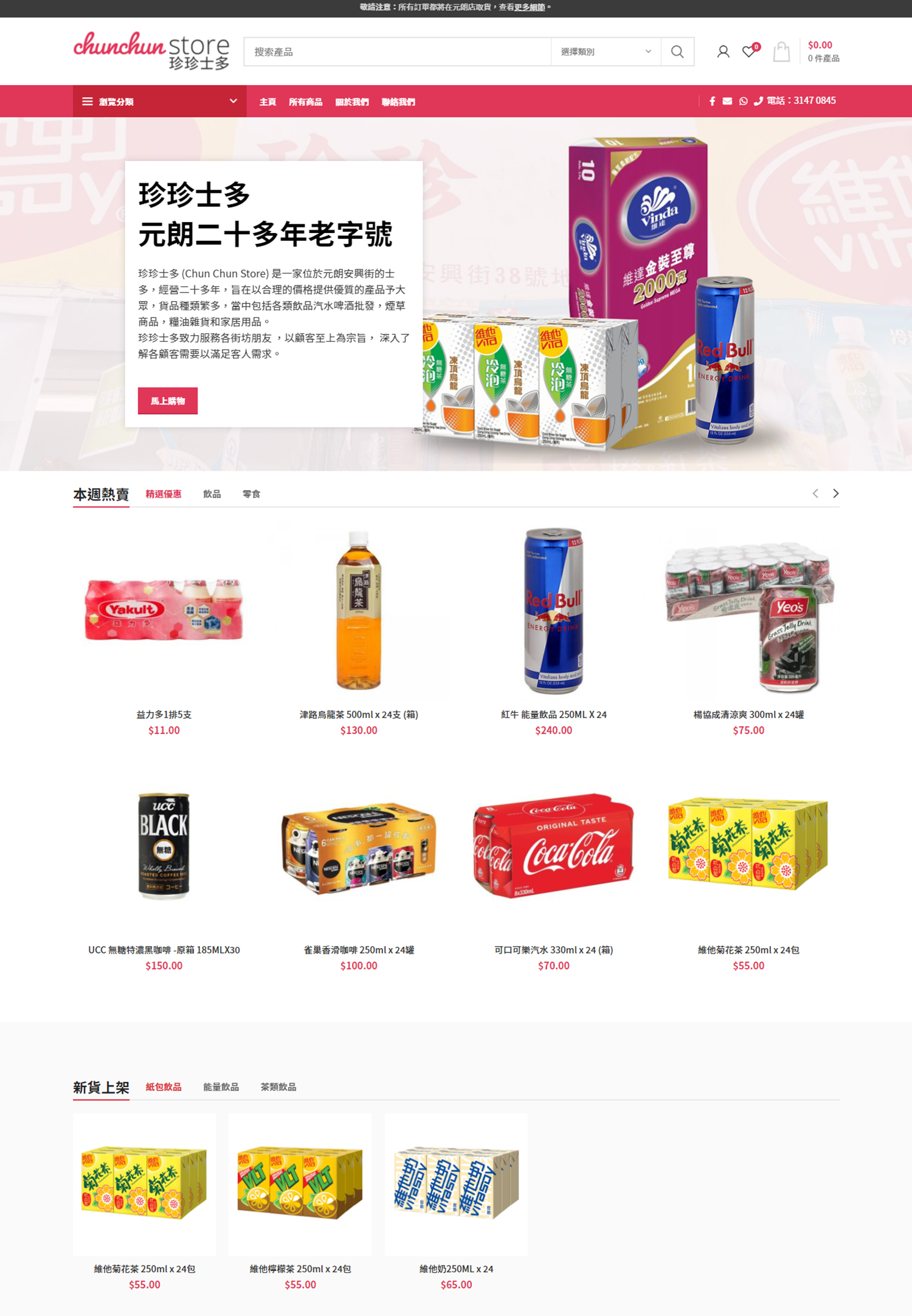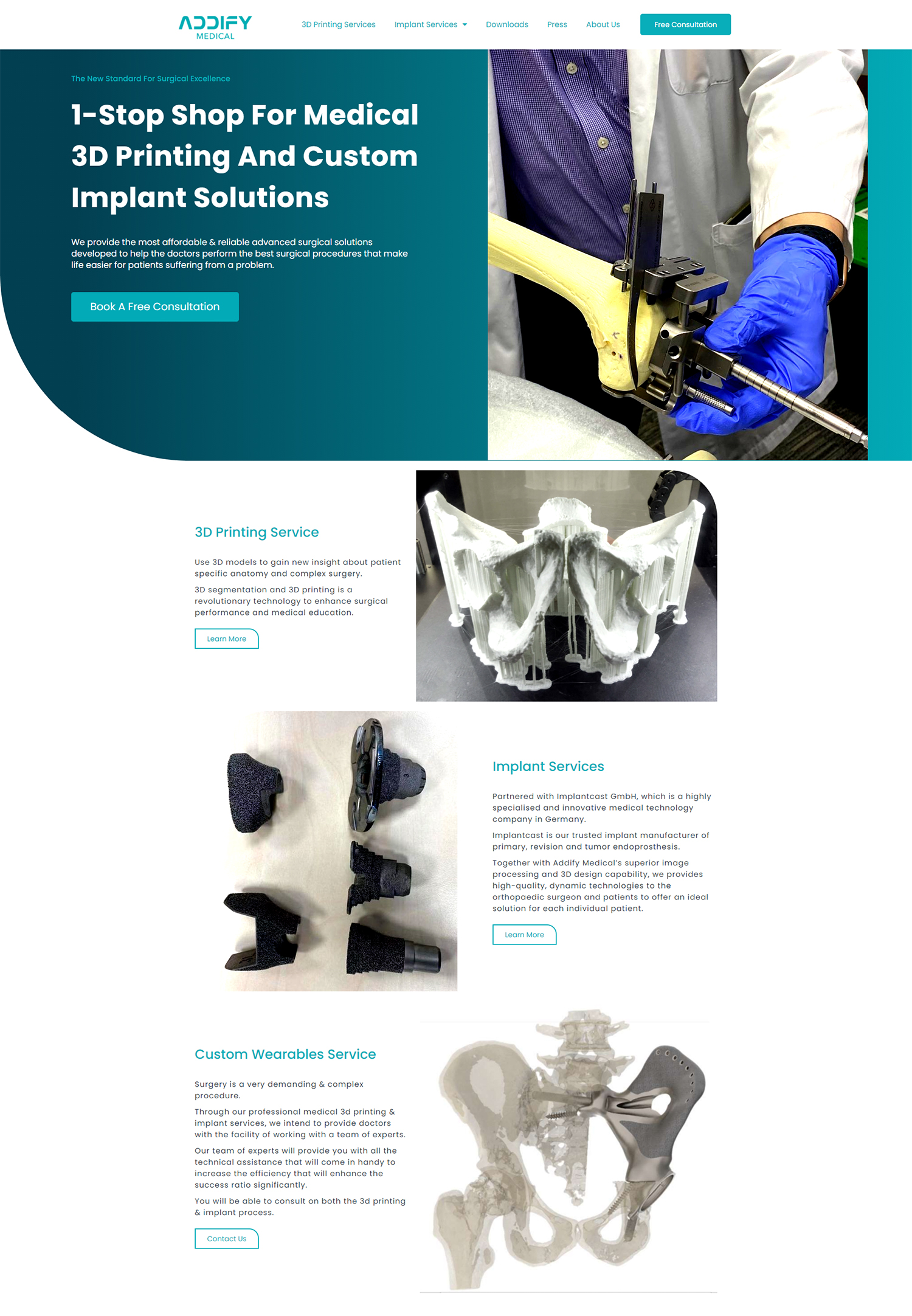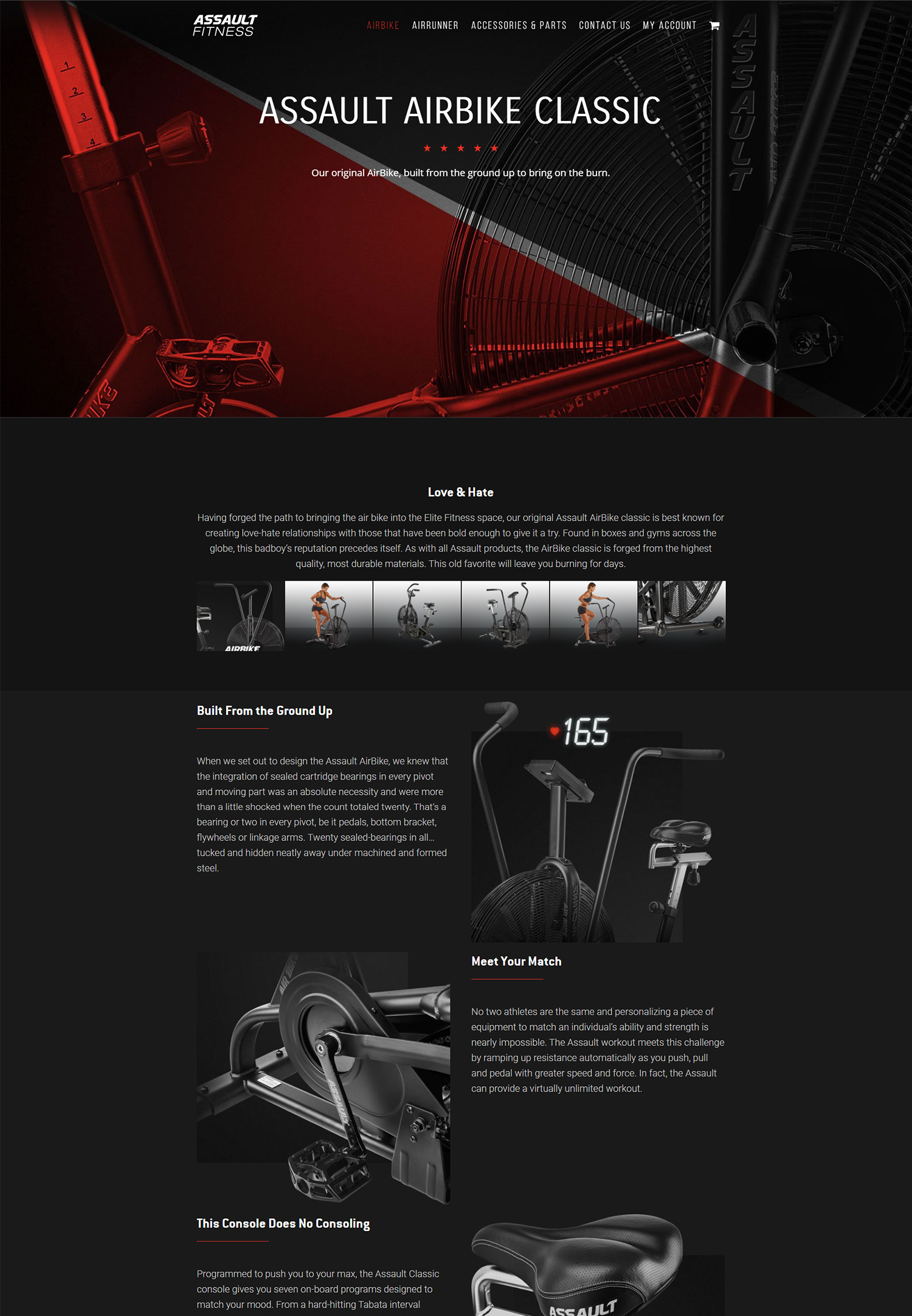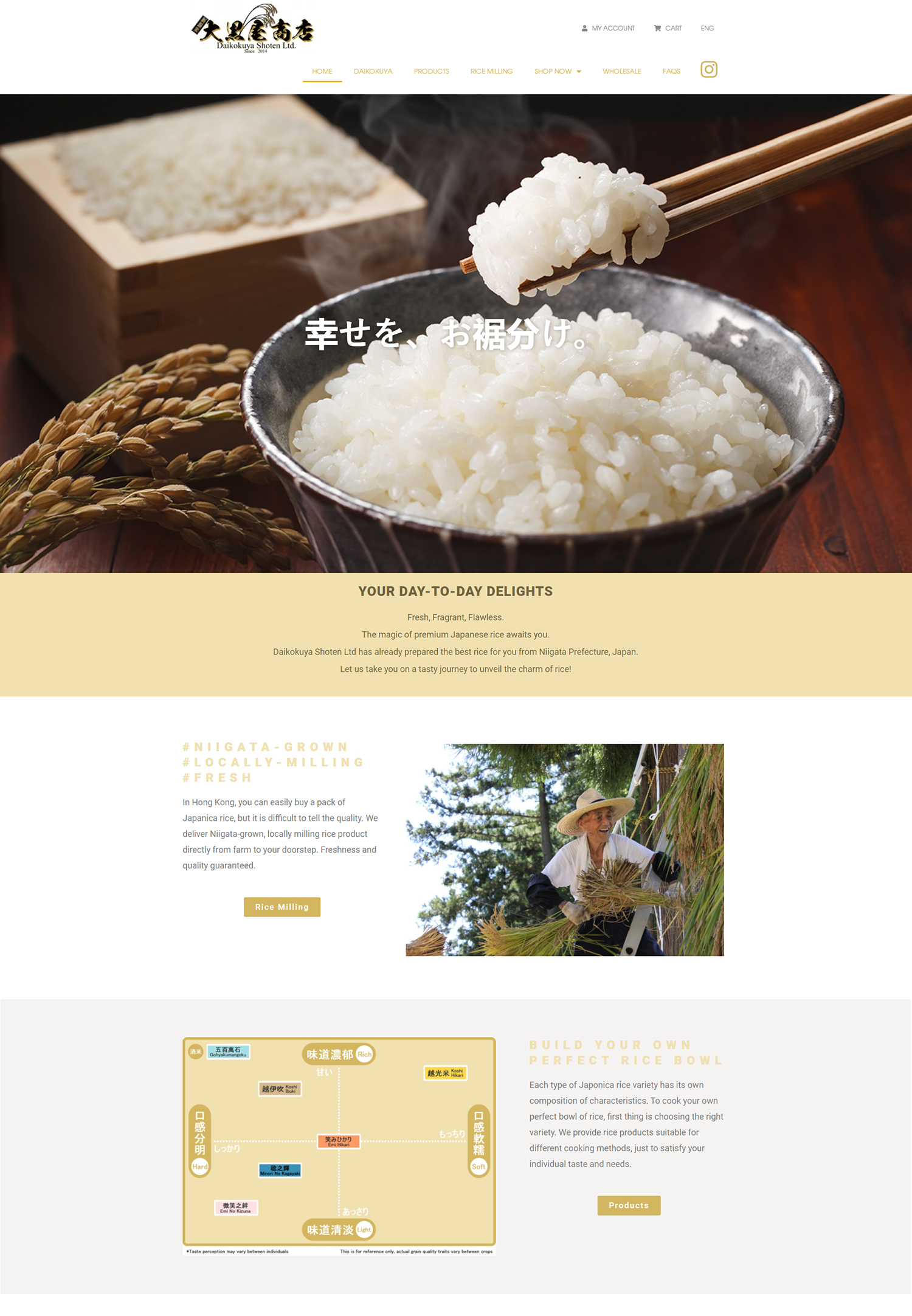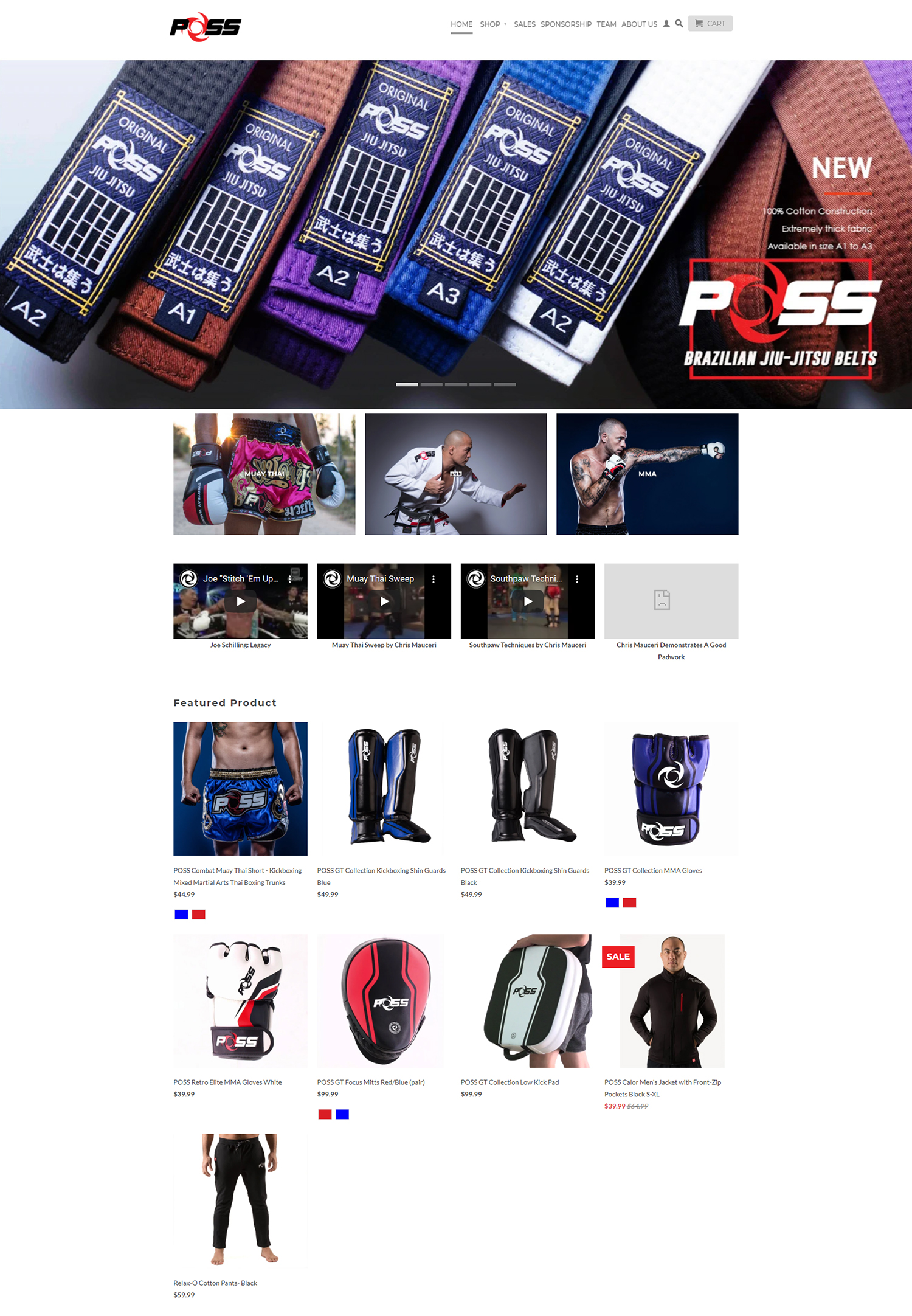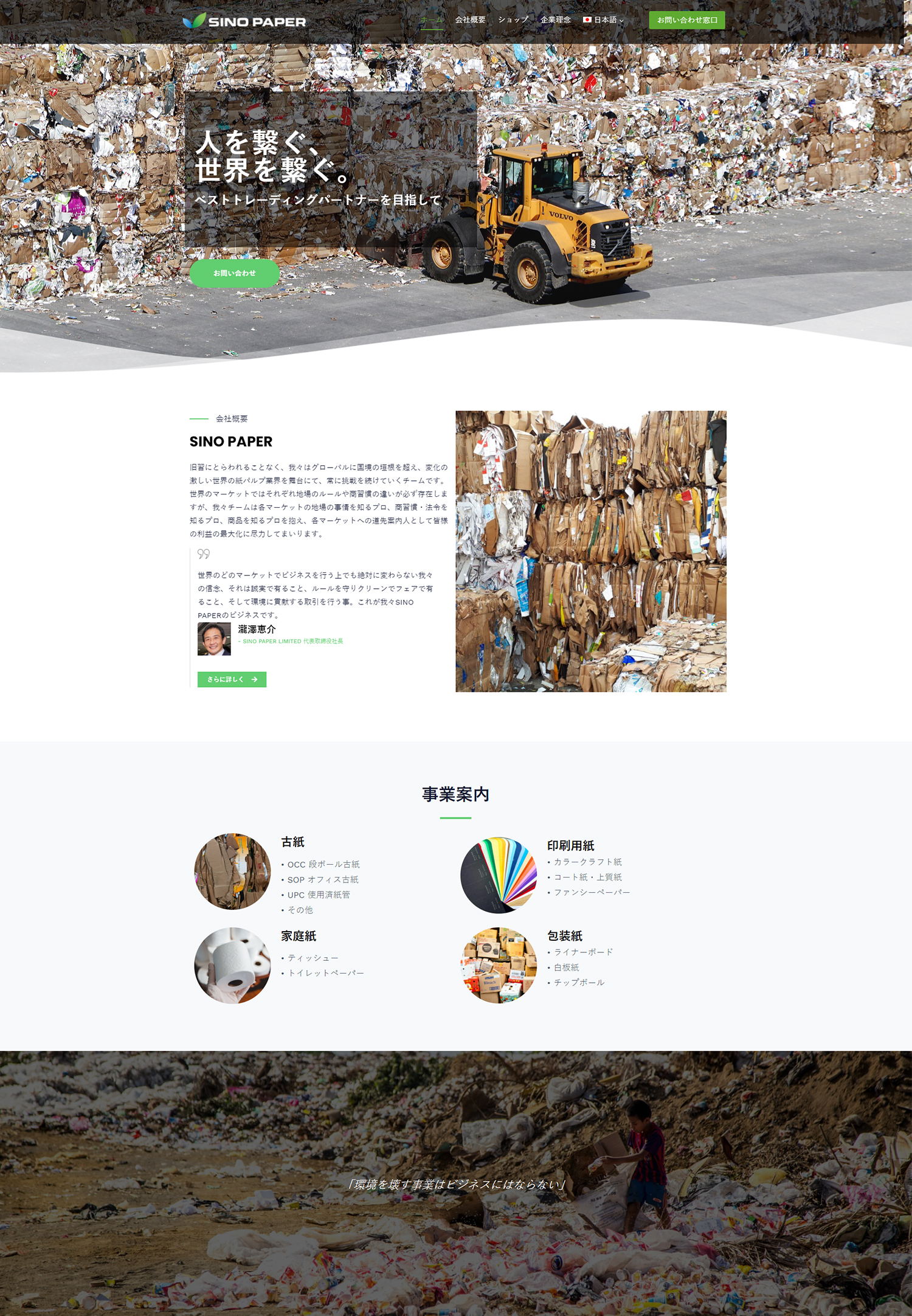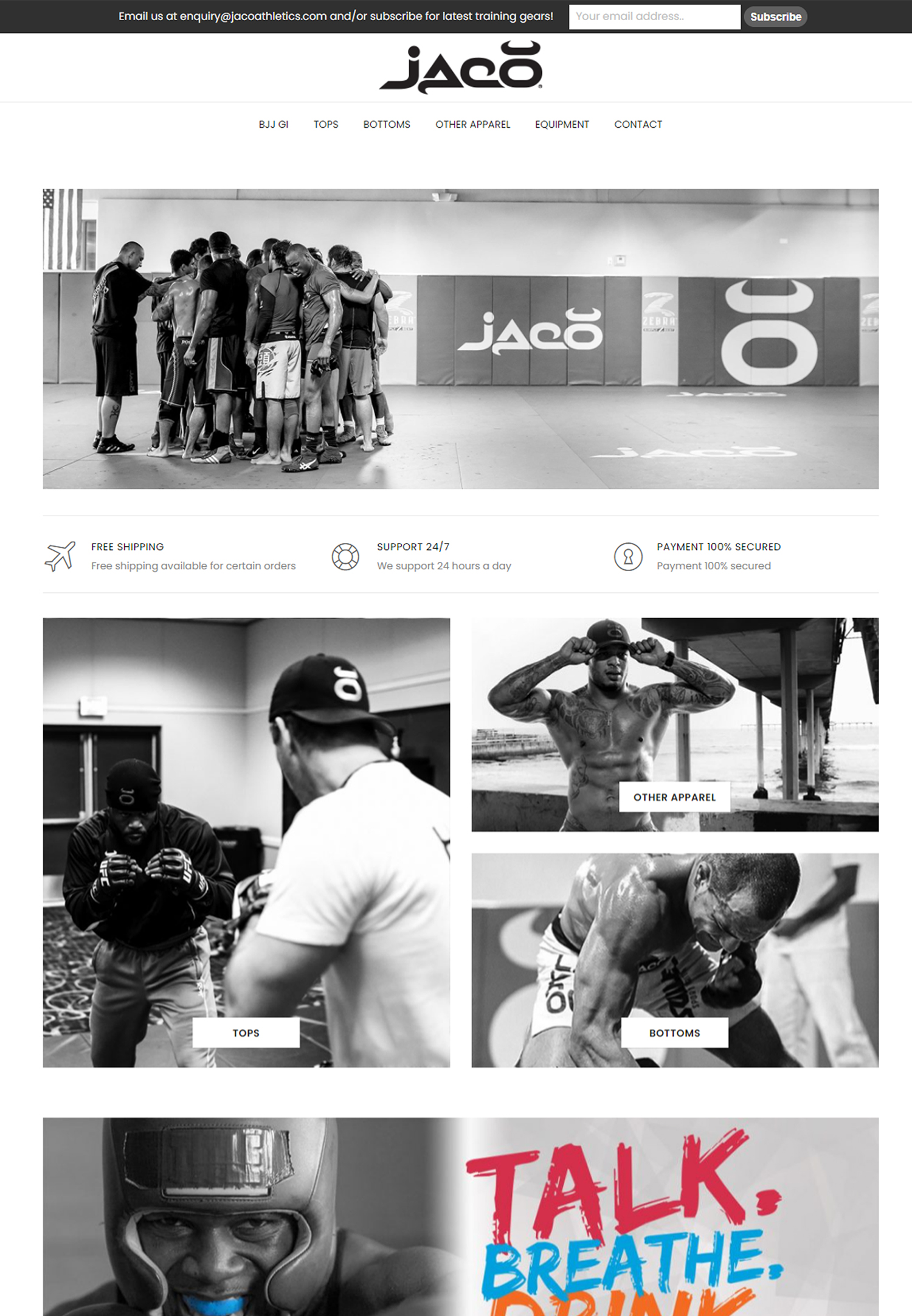A Complete Guide to Remarketing Campaigns Remarketing campaigns are a potent digital marketing tactic that enables companies to build relationships with customers who have already interacted with their mobile app or website. This method uses cookies to track users so that marketers can show them relevant ads while they search Google or browse other websites in the Google Display Network. Remarketing aims to increase the likelihood of conversion by reminding potential customers of their interest in a product or service. Remarketing works best when it targets users who have already expressed some interest in the ads, increasing the likelihood that they will interact with them.
Key Takeaways
- Remarketing campaigns help businesses target and re-engage with website visitors who did not convert.
- Setting up a remarketing campaign in Google Ads involves creating a remarketing list, adding the Google Ads remarketing tag to the website, and creating ad groups.
- Defining the target audience for remarketing campaigns involves segmenting website visitors based on their behavior and interests.
- Creating compelling ad content for remarketing campaigns requires using personalized messaging and offers to entice previous visitors to return and convert.
- Utilizing Google Ads features for remarketing campaigns includes dynamic remarketing, responsive ads, and ad extensions to enhance ad visibility and performance.
For example, when a user browses other websites after viewing a particular product on an e-commerce site but not buying it, a remarketing campaign can show advertisements for that product or related products. In the end, this customized strategy increases conversion rates by improving brand recall & motivating customers to come back and finish their purchase. In order to guarantee that your ads successfully reach the right audience, setting up a remarketing campaign in Google Ads requires several crucial steps.
The first step is to compile a list of people who have visited your website or application, known as a remarketing list. This can be accomplished by including a remarketing tag—a piece of code that monitors user behavior—on your website. It is essential to make sure that this tag is appropriately positioned on all pertinent pages, and Google Ads offers comprehensive instructions on how to apply it. You can build your remarketing lists according to particular criteria after the remarketing tag is in place and data starts to come in.
For instance, you may make distinct lists for people who came to your homepage, people who put things in their cart but didn’t check out, and people who made a purchase. Customized ad targeting is made possible by this segmentation. Following the creation of your lists, you can choose the campaign type (usually Display Network or Search Network) and establish your budget, bidding strategy, and ad formats. For your remarketing campaigns to be as effective as possible, you must clearly define your target audience.
Your chances of producing pertinent advertisements that appeal to potential buyers increase with the level of specificity with which you can divide up your audience. If you own an online clothes store, for example, you may divide your audience into groups like “recent visitors,” “cart abandoners,” and “previous purchasers.”. The offers and messaging in your advertisements should be tailored to the distinct motivations & behaviors of each group.
Also, Google Ads offers more sophisticated audience targeting choices than just website visitors. You can include demographic data like location, gender, and age in addition to behaviors and interests discovered through users’ online activity. This degree of detail allows you to further customize your campaigns.
For instance, you could make advertisements that target young adults (18–24 years old) by emphasizing trendy products or providing discounts that are in line with their spending power if you find that a sizable percentage of your cart abandoners are from this demographic. To draw in users who have already interacted with your brand, you must produce engaging advertising content. The difficulty is in creating communications that pique their interest and motivate them to act, as these users are already aware of your offerings.
Using dynamic remarketing ads, which automatically create tailored content based on the goods or services users have viewed on your website, is one successful tactic. Dynamic advertisements, for instance, can display a particular pair of shoes along with related products like socks or accessories if a user has previously looked at those shoes. Driving conversions requires using powerful calls-to-action (CTAs) in addition to dynamic content.
Words that convey urgency, such as “Shop Now,” “Get 20% Off Your Next Purchase,” or “Limited Time Offer,” entice people to visit your website. Also important are visual components; in a crowded digital space, compelling designs and excellent photos can help your advertisements stand out. Finding the visual and textual combinations that work best for your audience can be accomplished with the aid of A/B testing various ad variations.
Google Ads provides a number of tools created especially to increase remarketing campaigns’ efficacy. Creating custom audiences based on user behavior and website interactions is one such feature. This enables marketers to target users who have performed particular actions, like viewing specific product categories or subscribing to a newsletter, in order to further customize their messaging.
Frequency capping, which restricts how many times a person sees your advertisements in a given period of time, is another useful feature. By doing this, you can avoid ad fatigue and make sure your messages are interesting and compelling. Also, Google Ads gives marketers access to user engagement metrics like click-through rates (CTR) and conversion rates, enabling them to evaluate campaign performance in real time and make required modifications. monitoring key performance indicators (KPIs). Strong analytics capabilities offered by Google Ads enable marketers to monitor key performance indicators (KPIs) like impressions, clicks, conversions, & return on ad spend (ROAS). Finding patterns & trends.
You can spot trends and patterns that guide future campaign tactics by routinely analyzing these metrics. For example, if you observe that some advertisements are producing noticeably higher click-through rates (CTRs) than others, this could suggest that your audience finds the messaging or images especially compelling. On the other hand, it might be essential to review the targeting parameters or content of certain advertisements if they are not performing well. Utilizing Google Analytics to Get Deeper Understanding.
To better understand the entire customer journey, you can also use Google Analytics in conjunction with Google Ads to get more detailed information about how users behave on your website after clicking through from an advertisement. In digital marketing, optimization is a continuous process, & remarketing campaigns are no different. You should constantly test and improve different aspects of your campaigns to get better results. A/B testing various ad creatives, targeting options, and bidding strategies is one efficient method. The performance of various variations can be compared to determine which components result in higher engagement and conversion rates. You can also use performance data to inform your bidding strategy, which is another optimization technique.
To increase efficiency, for instance, think about directing a larger portion of your budget to remarketing lists that are producing higher conversion rates than others or utilizing automated bidding techniques like Target CPA (Cost Per Acquisition). Also, by keeping your messaging current & relevant, you can avoid audience fatigue & sustain engagement over time with frequent updates to your ad creatives. Remarketing campaigns can be made much more effective & produce better outcomes by putting best practices into practice. Segmenting your audiences according to how they behave & engage with your brand is a crucial strategy. This enables more tailored messaging that speaks to the particular needs & motivations of each group.
More individualized ad experiences can result, for example, from developing distinct campaigns for high-intent users who have added items to their cart as opposed to those who have only browsed. Effective use of exclusion lists is an additional best practice. You can concentrate your budget on users who are still in the consideration stage by blocking users who have already converted from seeing particular advertisements.
Also, think about using sequential messaging techniques, in which your advertisements gradually tell a story. This can promote repeat business & foster brand loyalty. Lastly, always keep up with the most recent features and capabilities offered by Google Ads. New features and tools are regularly added to the platform to help campaigns perform better. In a constantly changing digital environment, you can make sure that your remarketing efforts stay competitive by remaining informed and modifying your tactics as necessary.
To sum up, remarketing initiatives are an essential part of any all-encompassing digital marketing plan. By comprehending their operation and putting Google Ads best practices into practice, companies can successfully re-engage potential clients and increase conversions through focused advertising campaigns.
If you are looking to enhance your remarketing campaigns using Google Ads, you may want to check out this article on how to increase sales by addressing abandoned carts. This article provides valuable insights on how to effectively retarget customers who have added items to their cart but did not complete the purchase. By implementing strategies outlined in this article, you can optimize your remarketing efforts and drive more conversions for your business.


